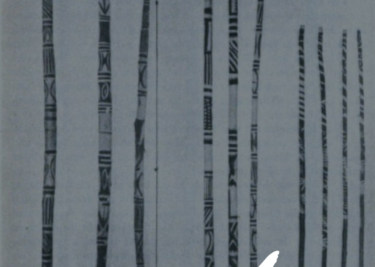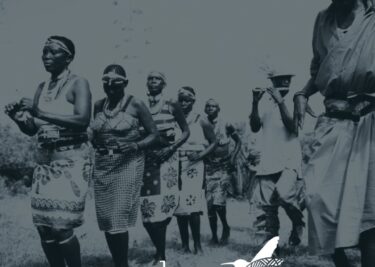Mijikenda Death Rites

The word mijikenda means nine groups or nine villages. It is used to refer to the nine Bantu sub-groups which fall under one umbrella, namely, the Chonyi, Jibana, Giriama, Kambe, Kauma, Ribe, Rabai, Duruma, and Digo. These communities settled on the coast of Kenya in the 16th century and lived in distinct villages known as kayas, which are now protected as UNESCO World Heritage Sites.
The Mijikenda have countless burial rituals and ceremonies that they practise, which are usually determined by the manner of a person’s death. In many cases, the rituals act as a means of protecting those left behind from bad omens and calamities.
In tragic cases involving death during pregnancy or birth, there are many ways in which burials are conducted. In the occasion of a stillbirth, the baby is interred near the household’s water point. However, if an infant dies after feeding from their mother, they are buried at their parent’s doorstep. When a mother dies during pregnancy, the foetus is removed from her womb, and laid to rest with her on her chest. If there are complications while birthing, resulting in the death of a live-born child, the grandmother, the matriarch of the family, wraps her grandchild in one of her black cloths and buries them on a bed of castor leaves.
For those whose lives were cut short by murder or accidents, they are usually buried where they were struck down, as it is not advised to bring their bodies into the family homestead. This is why, within Mijikenda territory, it is common to see graves by the roadside and seaside. The family must thereafter be cleansed through an animal sacrifice, usually a sheep. Where the person was murdered, some sub-groups such as the Duruma also cleanse the murder weapon through an animal sacrifice in a kaya.
Aside from specificity in the manner of death, the Mijikenda also distinguish burial ceremonies depending on a person’s position within the society. For the highest-ranking elders, known as Gohu, a wooden memorial statue known as a kigango is erected on their graves, while everyone else in the community gets a shorter statue called koma. During the burial ceremony, the elder’s body is also wrapped in animal skin and laid to rest in a timber coffin as professional mourners sing their praises. As for medicine men and medicine women, the community elders visit their homestead after the 40-day mourning period and spend the entire night performing dances in their honour, before choosing a member of their family who will take their place.
These are but a few of the elaborate rituals upheld by this dynamic community to honour their dead. Do you know of any others? Share with us in the comments.
#KeRites



